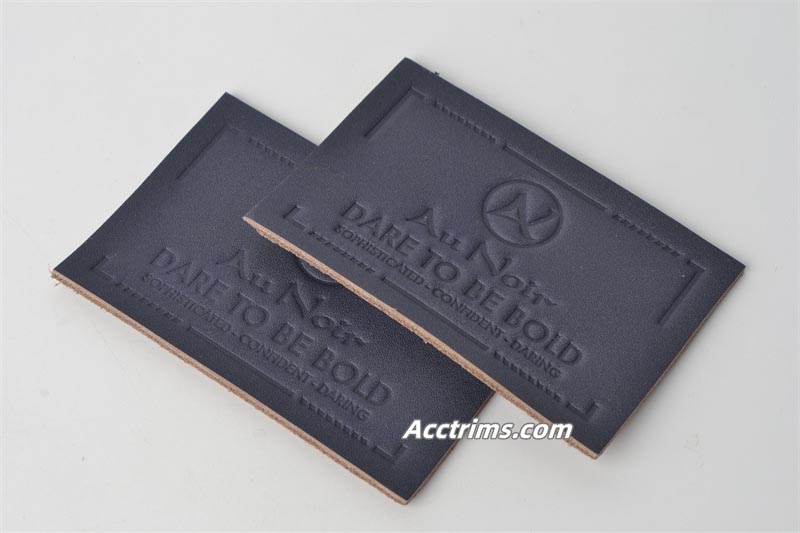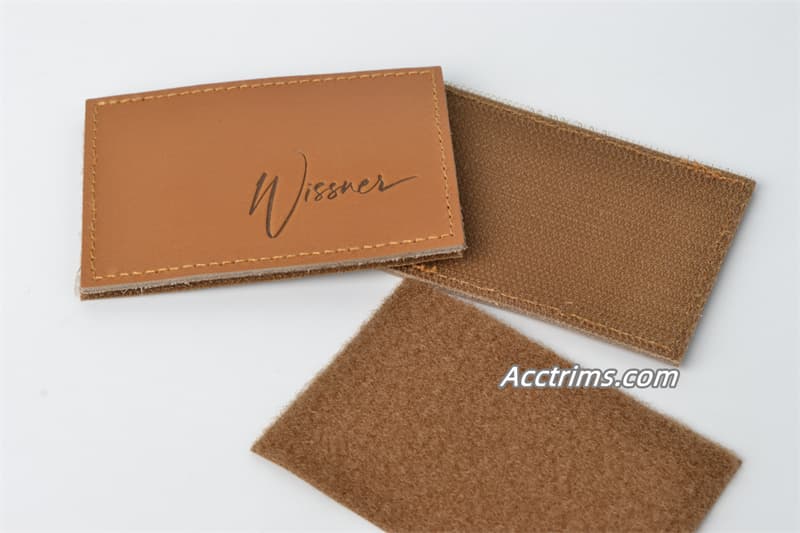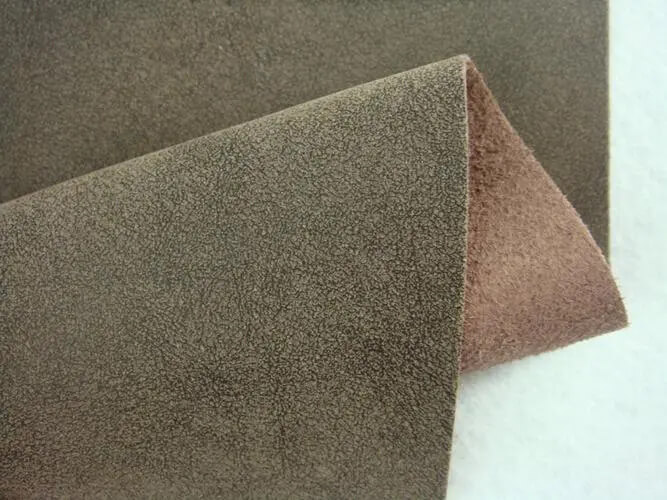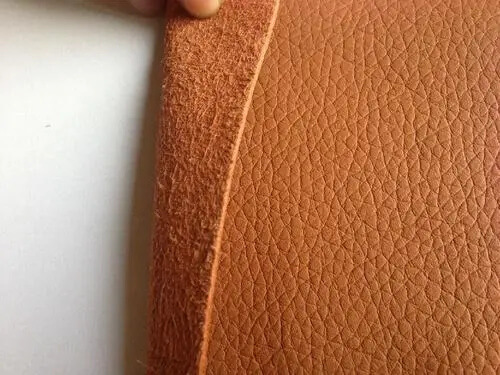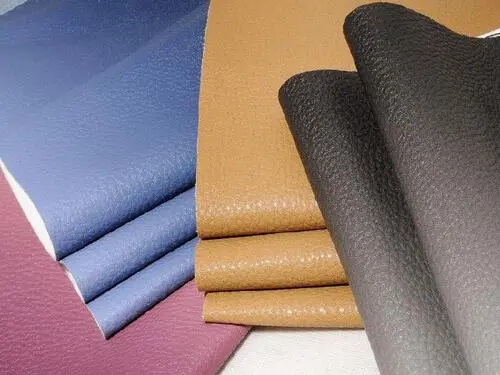The types of leather materials include natural leather (top, second layer & synthetic leather), artificial leather (PVC, PU leather), and recycled leather.
Leather is non-perishable animal skin. It has a special grain layer on its surface. Therefore, the leather has a natural grain and luster and is comfortable to the touch. Let’s take a look together.
Comparison of pros and cons of different leathers
| Types of leather materials | Pros | Cons |
|---|---|---|
| Genuine leather | Soft and elastic | Expensive |
| Faux leather | Wide variety of designs and colors, lifelike appearance, easy to take care of | The leather surface is astringent, rigid, and poor in softness |
| Regenerated leather | Relatively neat leather edge, high utilization rate, cheap price | Thicker and weaker skin |
What is natural leather?
Genuine leather refers to natural leather processed from animal skins. According to its type, there are mainly pig leather, cow leather, sheep leather, horse leather, donkey leather, and kangaroo leather. But, there is also a small amount of fish leather, reptile leather, amphibian leather, and ostrich leather. Among them, cow leather is divided into yellow cow leather, buffalo leather, yak leather, and yak leather. Sheep leather includes sheep leather and goat leather.
Top layer leather
What is the top layer of leather?
-The top layer of the cowhide is the upper skin of the cow’s body. Its surface has raw skin features.
Pros and cons:
The leather surface of the first layer of cowhide has clear pores and texture. It has good natural properties. And the appearance is flat and soft. The texture is firm and elastic to the touch. But, It is easier to damage.
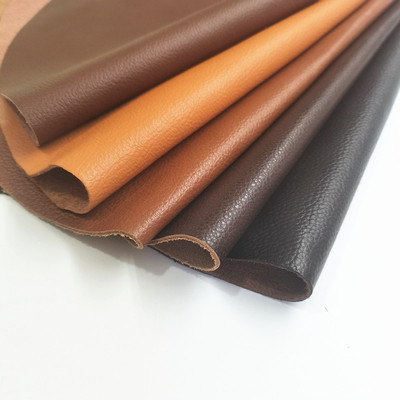
Distinguish:
To identify the quality of the top layer of cowhide, it is necessary to observe whether the cross-section of the leather is intact. If it is a high-quality top layer of cowhide, you can clearly see the compact cross-sectional structure. But, if it is inferior top layer cowhide, its cross section looks very rough.
Cleaning and maintenance
- Clean up frequently. Keep the pores on the surface of the cowhide from being blocked by dust. Moreover, keep indoor ventilation frequently.
- When cleaning at ordinary times, be sure to use pure cotton cloth or silk to moisten it and wipe it gently to keep it clean.
- If there is a pen mark, it can be removed by gently wiping it with an eraser for a short time.
- Do not expose to the sun, fire, wash, or hit with sharp objects or contact with chemical solvents.
- Keep dry and store in a cool and ventilated place.
Second layer leather
What is the second layer of leather?
-The second layer of the cowhide is added with PVC and PU materials to rebond the leather. Therefore, it is suitable for making leather products. Moreover, it looks very classy. Also, the appearance is indistinguishable from the first layer of skin.
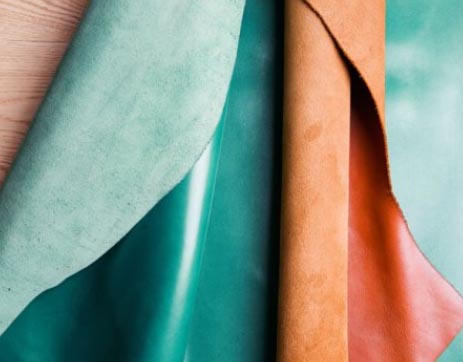
Pros and cons:
The texture is relatively loose and has certain elasticity and plasticity. The price is cheaper than the first layer of cowhide. However, the durability and strength are not as good as the first layer of cowhide.
Distinguish:
The smell of the second layer of cowhide will be less pleasant. Then, the top layer of yellow cowhide has only a faint smell.
Cleaning and maintenance
Try to use a semi-wet cloth to clean off the dirt on the leather surface. If you encounter oils that are not easy to wash, you can add some usual detergent to a semi-wet cloth. Then, wipe with a clean cloth.
Synthetic leather
Synthetic leather is also called PU leather. It is made by coating PU resin (a polymer material) on cloth.
Pros and cons:
It is light and easy to process. Moreover, it is wear-resistant and inexpensive. However, it has poor air permeability and is prone to cracking.
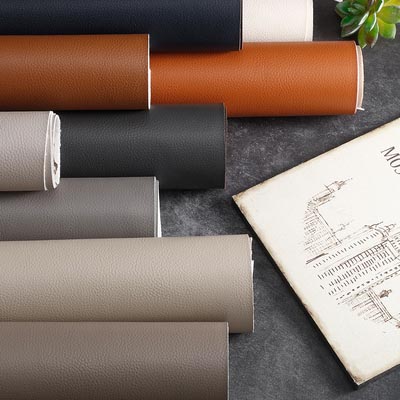
Distinguish:
Synthetic leather has a uniform thickness and a smooth surface. But no natural defects. The pores and patterns are also very uniform. In general, there is no pile in the leather.
Cleaning and maintenance
When wiping, use dry wiping and water wiping. In addition, do not place related products in a space with high humidity. Excessive humidity will cause damage to the surface film and shorten the service life.
Artificial leather
Artificial leather is an extremely popular leather material. We can use it to make various leather products. And it can also replace part of the leather material.
In addition, its surface technology almost achieves the effect of genuine leather. Therefore, its price is also comparable to that of domestic top-layer leather.
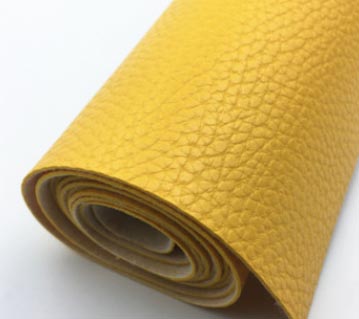
PVC artificial leather
Its advantages are high product strength, easy processing, and low cost.
The disadvantage is poor oil resistance and high-temperature resistance. And it’s not that soft to the touch. So the feel is poor.
We can use them for all kinds of bags, seat covers, linings, sundries, etc.
PU artificial leather
PU artificial leather also has good breathability and warmth. Especially, it is more comfortable to wear when we make it into clothes.
Pu artificial leather has a smell of plastic. The severity of this taste is related to the quality of PU artificial leather. And it is suitable for the decoration of bags, clothing, shoes, vehicles, and furniture.
PU synthetic leather
PU synthetic leather is cheap and rich in color and pattern. But, it tends to harden and become brittle.
Therefore, it is suitable for the decoration of bags, clothing, shoes, vehicles, and furniture.
Recycled leather
Regenerated leather is moisture-wicking and breathable. Well-made regenerated leather also has the softness of real leather. Plus, they’re stretchy and lightweight. Moreover, it has strong resistance to extreme high and low temperatures. And it is wear-resistant. However, they are weaker than dermis of equal thickness. Of course, it is worse than PU.
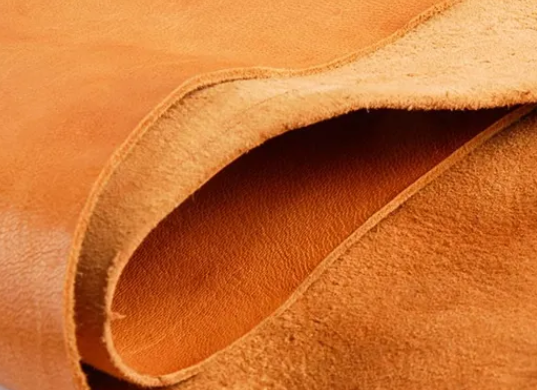
Therefore, it is only suitable for making stereotyped craft products. Such as cheap briefcases, trolley bags, club covers, and cheap belts.
In conclusion
Real leather, faux leather, and synthetic leather are common types of leather materials. They each have their own strengths. Therefore, customers can choose the leather material that suits them. Acctrims supplies leather products for various clothing, shoes & hats, and bag brand companies. Such as leather labels, leather tags, leather patches, leather bags, leather hang tags, and belts. You can customize your brand logo on it. Any color, size, or type is ok. If you have questions, please contact us. We will serve you wholeheartedly. We are the garment trims and accessories manufacturer and supplier.
